Introduction
Machine learning models are often criticized for being "black boxes," where decisions are made without clear explanations. Transparency and interpretability are critical to ensuring trust and accountability in AI systems.
Why Interpretability Matters in Machine Learning
Interpretability in machine learning refers to the ability to understand and explain how a model makes decisions. Since many AI models, especially deep learning models, operate as "black boxes," it is crucial to ensure transparency for trust, debugging, and regulatory compliance. Here’s why interpretability is essential:
1. Trust and Adoption
- User Confidence: When users understand how an AI system reaches conclusions, they are more likely to trust and adopt the technology.
- Explainability in High-Stakes Applications: In areas like healthcare, finance, and hiring, people need to trust AI recommendations before making critical decisions.
- Example: A medical diagnosis AI that explains why it suspects a disease (e.g., highlighting key symptoms) is more likely to be trusted by doctors.
2. Debugging and Improvements
- Error Detection: If a model produces incorrect predictions, developers need interpretability tools to understand why and fix issues.
- Bias Identification: Transparent models help detect bias in predictions, ensuring fairer outcomes.
- Example: If a loan approval model systematically rejects applicants from certain zip codes, interpretability tools can reveal whether location-based biases exist.
3. Regulatory Compliance
- Legal Requirements: Regulations like the General Data Protection Regulation (GDPR) mandate that AI-driven decisions, such as automated loan approvals, must be explainable.
- Ethical AI Development: Ensuring transparency helps organizations avoid legal risks and align with ethical AI principles.
- Example: Under GDPR, if an AI denies someone a loan, the applicant has the right to receive an explanation for the decision.
Interpretability is critical for making AI more trustworthy, reliable, and legally compliant. Do you need more details on any of these aspects?
Challenges in ML Transparency
Ensuring transparency in machine learning is difficult due to several factors. Two key challenges include the complexity of deep learning and the trade-off between accuracy and interpretability.
1. Complexity of Deep Learning
- Black-Box Nature: Neural networks, especially deep learning models, use multiple hidden layers and non-linear transformations, making it difficult to trace how inputs lead to outputs.
- Lack of Human-Readable Rules: Unlike traditional models (e.g., linear regression), deep learning models don’t provide clear rules or decision boundaries.
- Example: In image recognition, a deep learning model might classify a dog and a cat differently based on pixel patterns that are incomprehensible to humans.
2. Trade-off Between Accuracy and Interpretability
- Simple Models vs. Complex Models:
- Highly interpretable models (e.g., decision trees, logistic regression) are easy to understand but may lack the predictive power of deep learning.
- Highly accurate models (e.g., neural networks, ensemble methods) are difficult to interpret but offer superior performance.
- Regulatory and Ethical Considerations: Some applications require explanations, even if simpler models mean lower accuracy.
- Example: A financial institution might prefer a slightly less accurate but interpretable credit-scoring model over a black-box neural network to ensure compliance with regulations.
Techniques for Explainable AI (XAI)
Explainable AI (XAI) techniques help make machine learning models more transparent and understandable. These methods ensure users and stakeholders can interpret model decisions, leading to increased trust and better debugging.
1. SHAP (SHapley Additive Explanations)
- How It Works: SHAP assigns an importance value to each feature by analyzing how its inclusion or exclusion affects model predictions.
- Advantage: Provides consistent and fair attributions of feature importance across different models.
- Example: In a loan approval model, SHAP can show that income level had the highest positive impact on approval, while a high debt-to-income ratio negatively affected the decision.
2. LIME (Local Interpretable Model-Agnostic Explanations)
- How It Works: LIME creates a simplified, interpretable model (e.g., linear regression) for a small subset of data near a specific prediction, making black-box models more understandable.
- Advantage: Works with any ML model and explains individual predictions rather than the entire model.
- Example: In an image classification model, LIME can highlight the pixels most responsible for classifying an image as a “dog” rather than a “cat.”
3. Attention Mechanisms in Neural Networks
- How It Works: Attention layers in neural networks focus on the most relevant parts of the input data, making the model’s decision-making process more interpretable.
- Advantage: Especially useful in NLP and computer vision, where highlighting key words or image regions provides insights into model reasoning.
- Example: In machine translation, an attention mechanism can show which words in the source language influenced a particular translated word.
4. Model-Specific Transparency
- How It Works: Some models, like decision trees and linear regression, are naturally interpretable because they provide explicit rules or coefficients that indicate feature importance.
- Advantage: No additional explanation tools are needed, making them ideal for high-stakes applications requiring transparency.
- Example: In a healthcare diagnosis model, a decision tree could clearly show that patients with a fever and high white blood cell count have a high likelihood of infection.
Industry Applications of Transparent AI
As AI becomes increasingly integrated into critical industries, ensuring transparency is essential for trust, compliance, and ethical decision-making. Here’s how explainable AI (XAI) is applied across different sectors:
1. Healthcare
- Application: AI models assist in diagnosing diseases, recommending treatments, and predicting patient outcomes.
- Why Transparency Matters:
- Doctors need to understand why an AI recommends a particular diagnosis or treatment.
- Helps identify biases in training data that could lead to misdiagnosis.
- Regulatory bodies (e.g., FDA, HIPAA) require explanations for medical decisions.
- Example: An AI system detecting pneumonia in chest X-rays can highlight the specific regions in the image that contributed to the diagnosis using attention mechanisms.
2. Finance
- Application: AI models assess creditworthiness, detect fraud, and optimize investments.
- Why Transparency Matters:
- Customers deserve clear explanations for loan rejections or approvals.
- Regulatory requirements (e.g., GDPR, Fair Credit Reporting Act) demand accountability.
- Helps financial analysts trust AI-driven risk assessments.
- Example: A bank using AI for credit scoring can use SHAP values to explain that high credit card utilization negatively impacted a loan decision, while consistent income contributed positively.
3. Legal and Criminal Justice
- Application: AI assists in risk assessment, sentencing recommendations, and case law analysis.
- Why Transparency Matters:
- Ensures fairness and prevents biases in sentencing and parole decisions.
- Courts and legal experts need to justify decisions made using AI tools.
- Builds public trust in AI-driven legal systems.
- Example: A risk assessment AI predicting recidivism (likelihood of reoffending) must explain why a person is classified as high or low risk, ensuring fairness and eliminating racial or socioeconomic bias.
Key Takeaways
- Why Interpretability Matters
- Builds trust and increases AI adoption.
- Helps in debugging errors and bias detection.
- Ensures regulatory compliance (e.g., GDPR).
- Challenges in ML Transparency
- Deep learning models are complex and hard to interpret.
- Trade-off between accuracy and interpretability—simpler models are easier to understand but may be less accurate.
- Techniques for Explainable AI (XAI)
- SHAP: Shows feature importance.
- LIME: Creates simplified explanations for individual predictions.
- Attention Mechanisms: Highlights key inputs in neural networks.
- Model-Specific Transparency: Decision trees and linear regression are inherently interpretable.
- Industry Applications of Transparent AI
- Healthcare: AI explains medical diagnoses.
- Finance: Transparent AI ensures fair credit scoring.
- Legal & Criminal Justice: Helps ensure fairness in risk assessments.
.png)
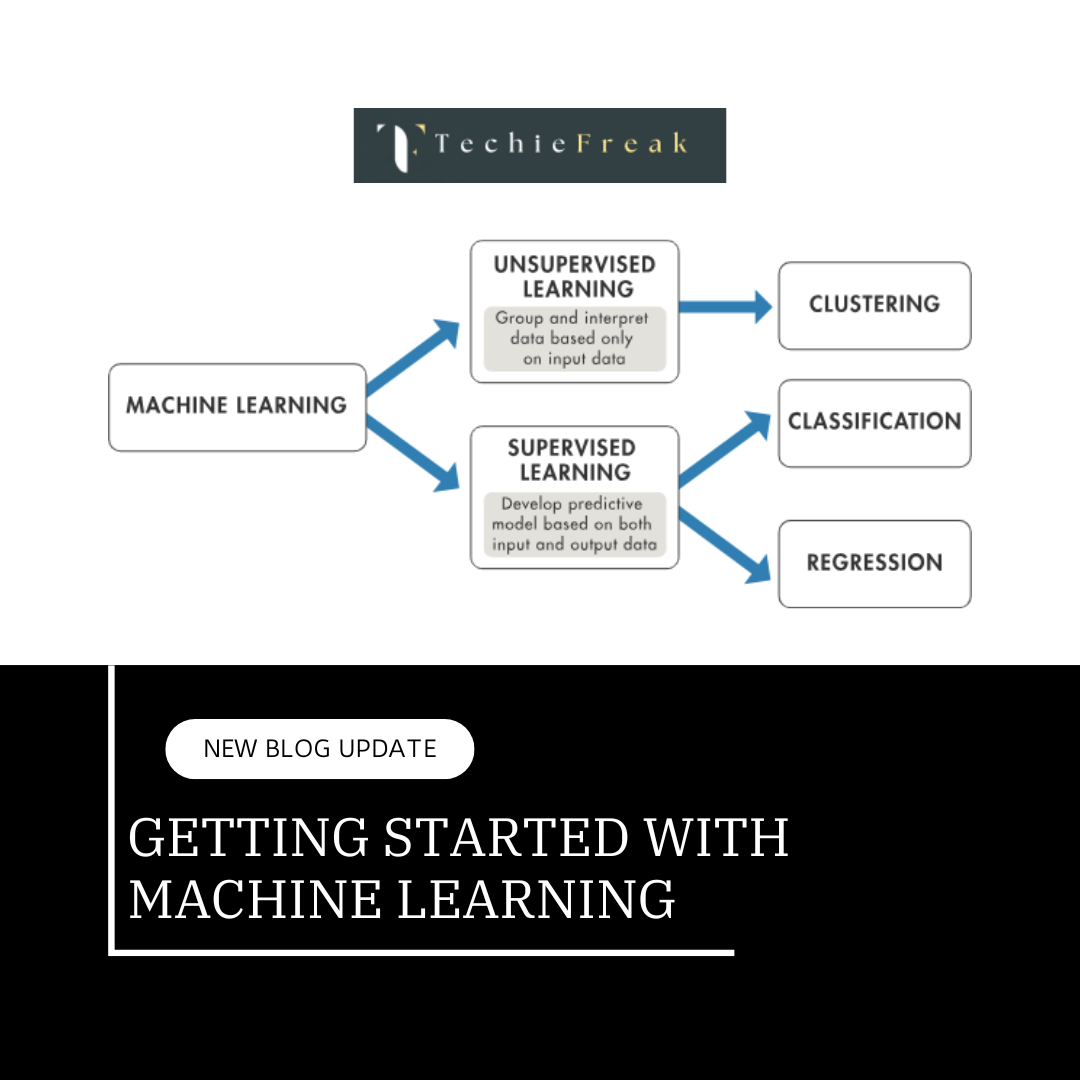
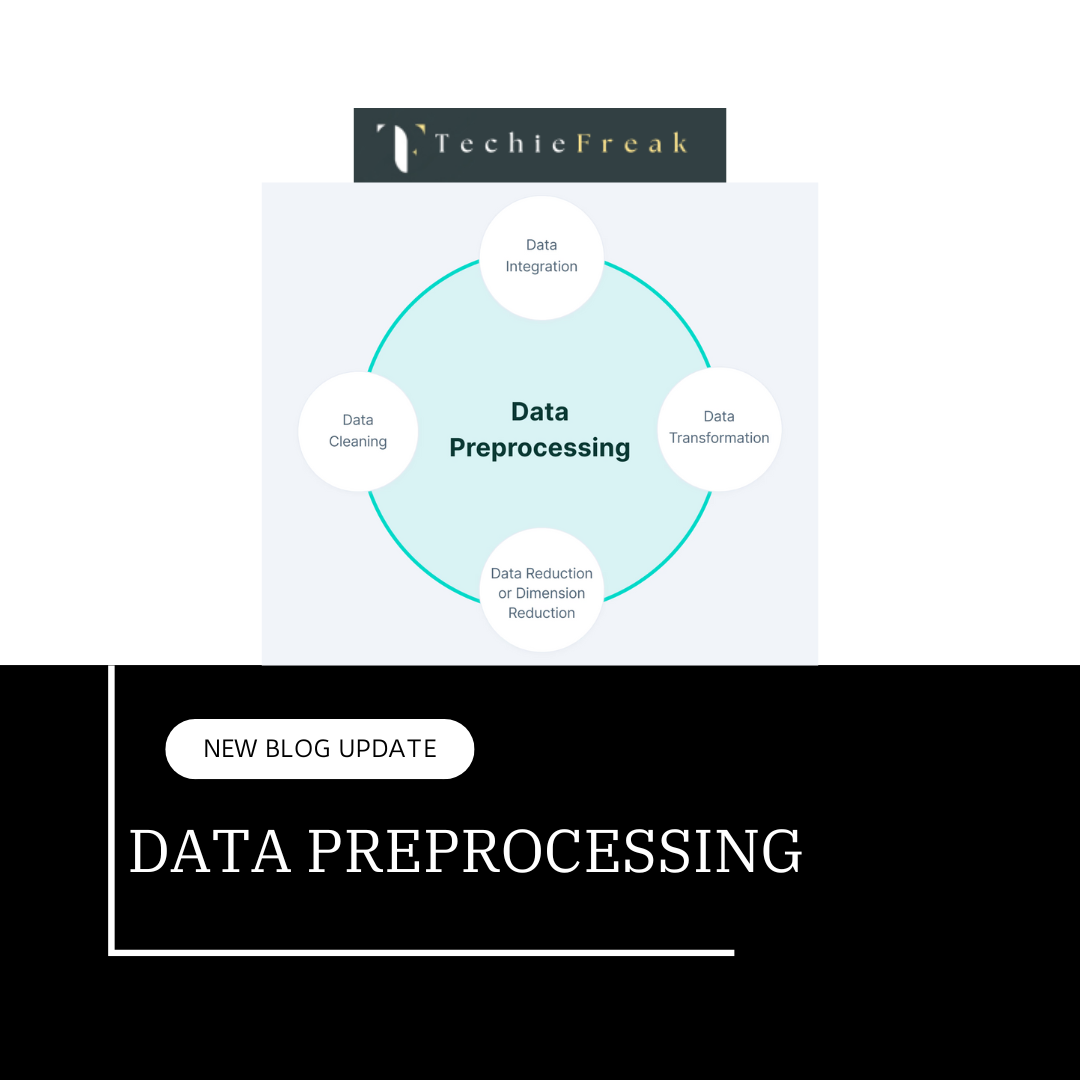
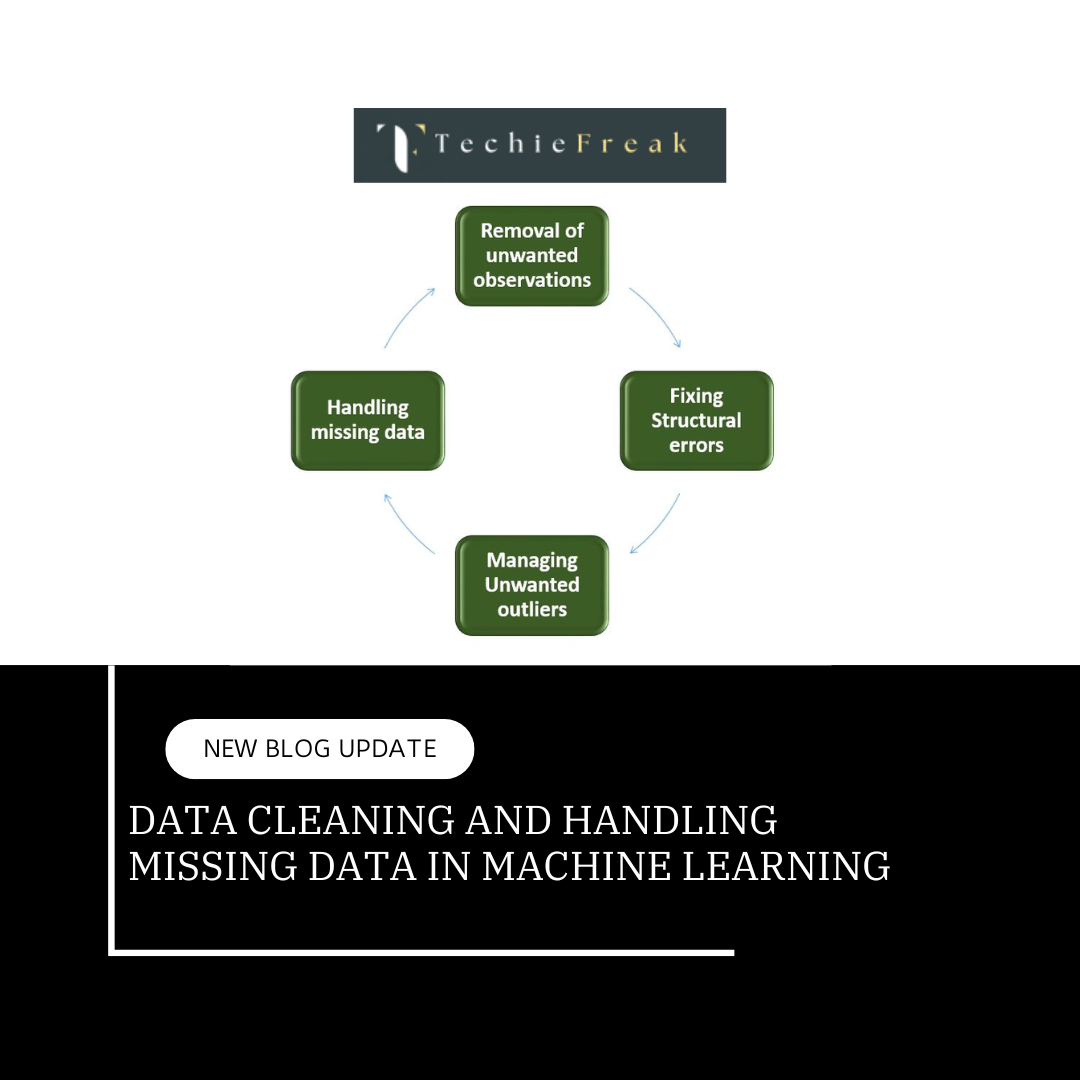
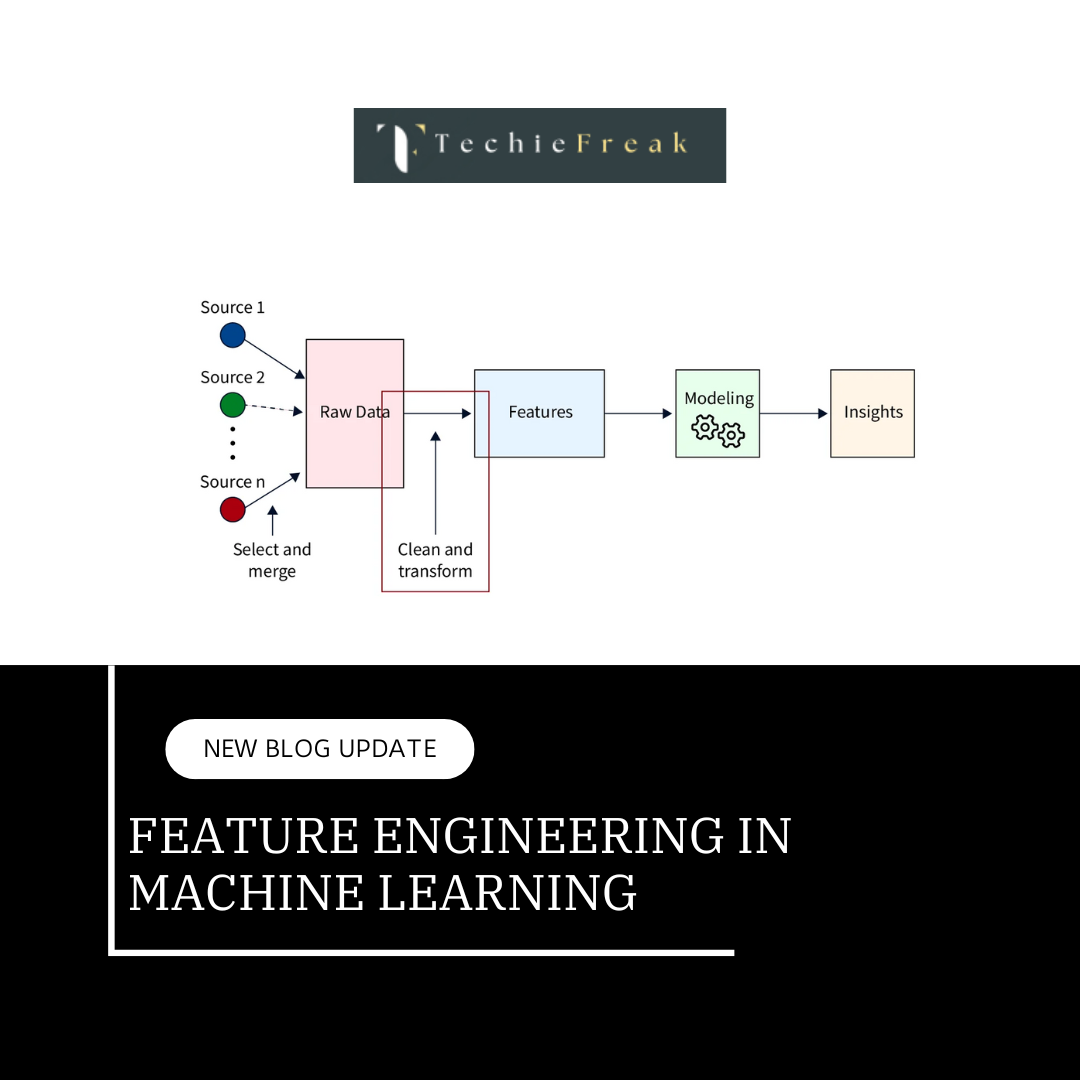
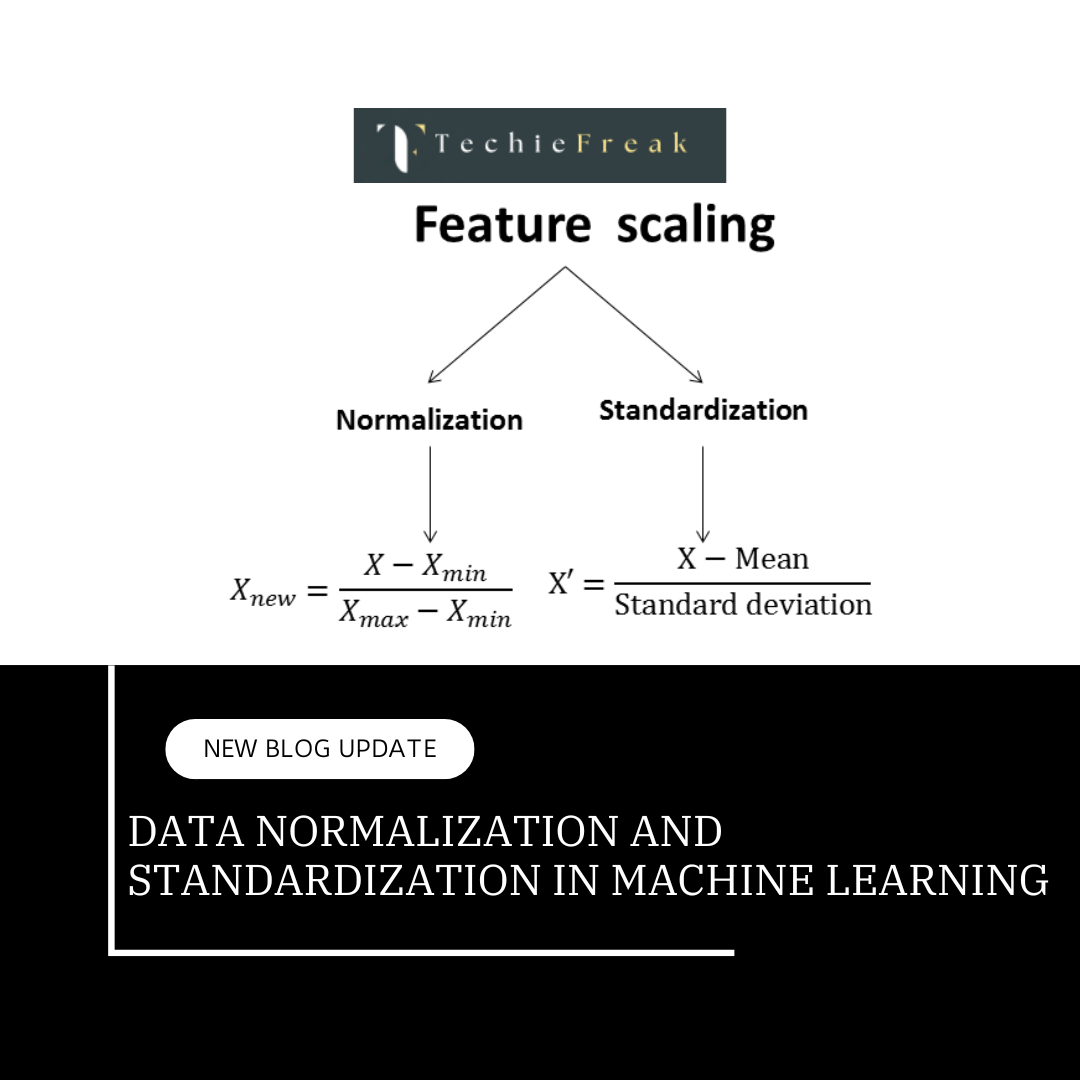
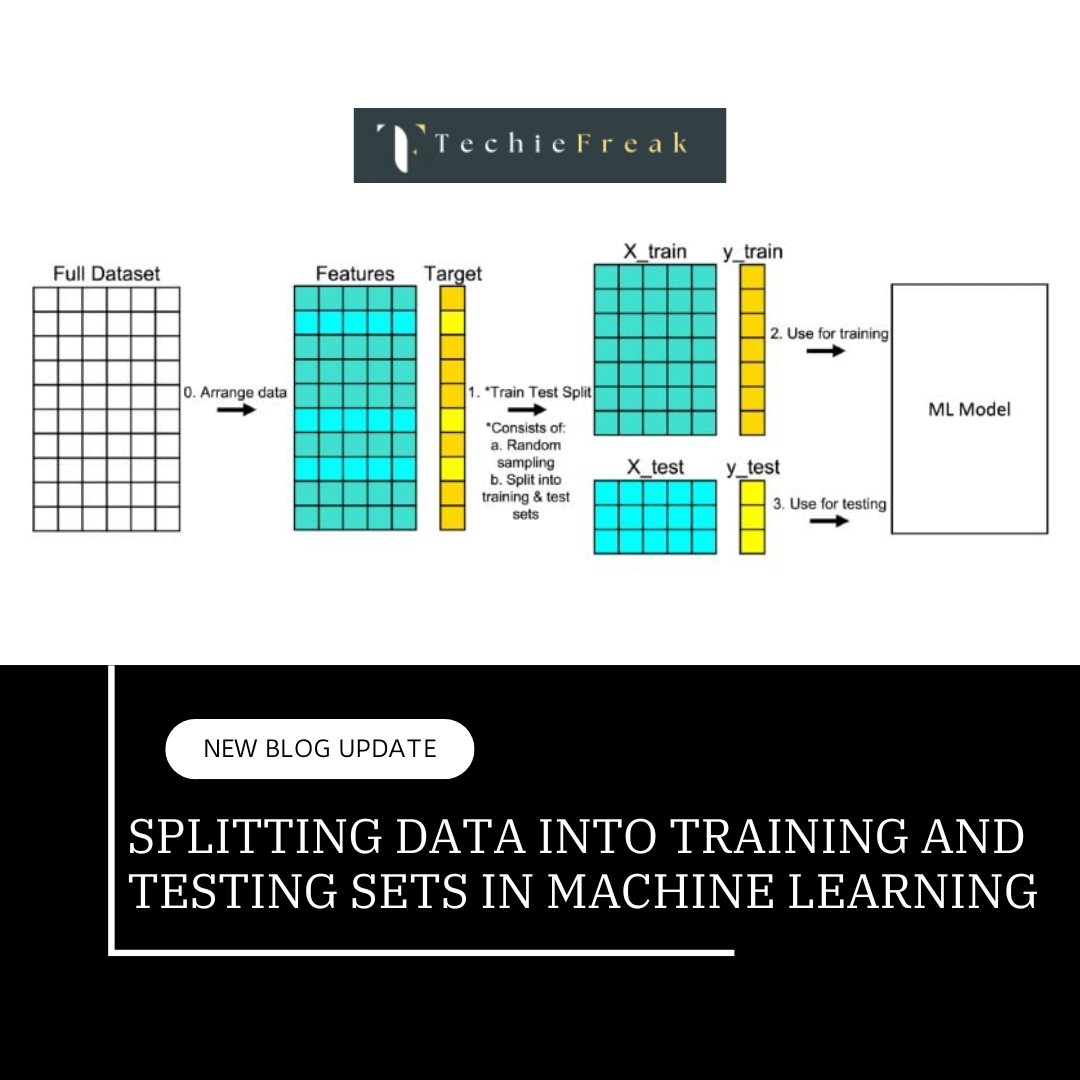
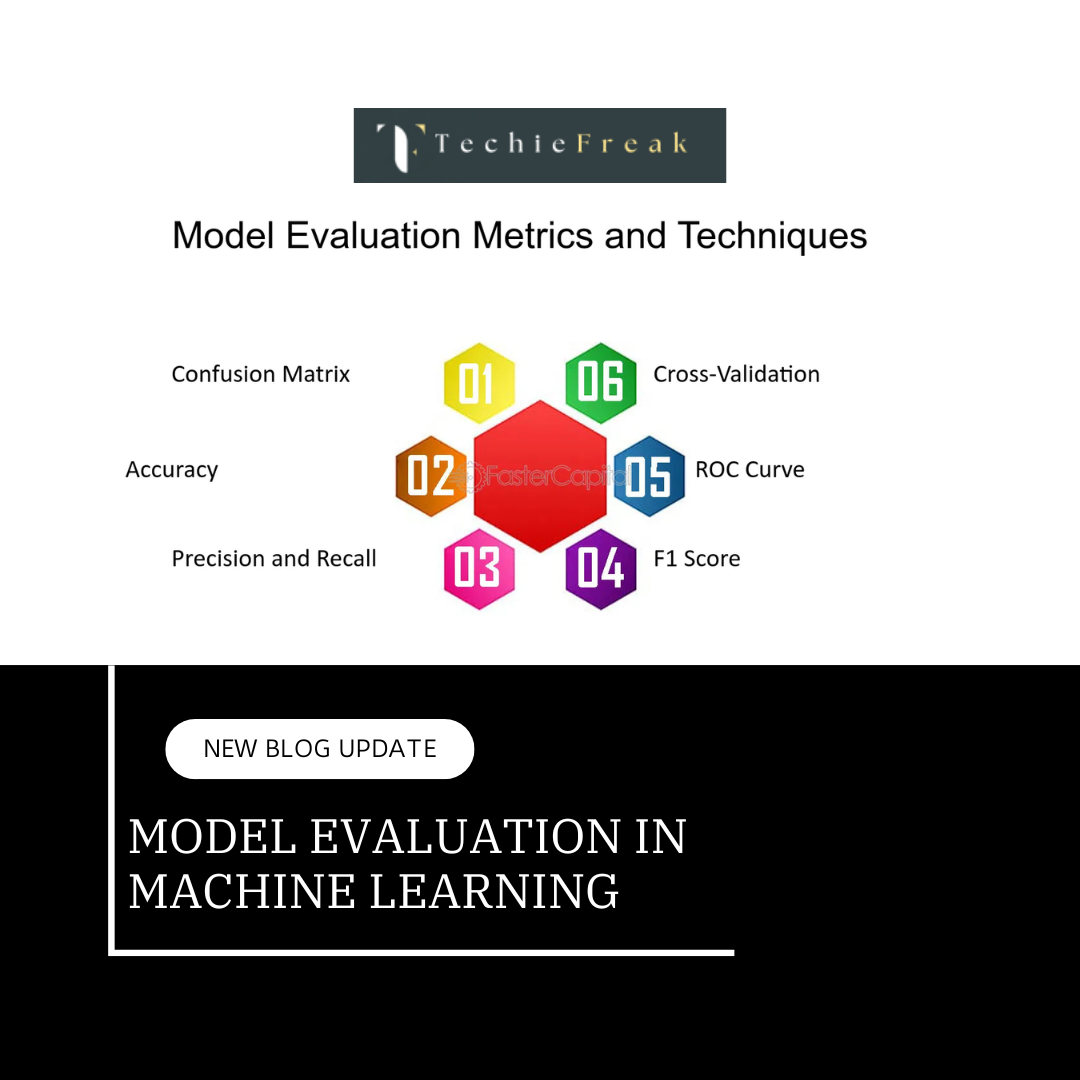
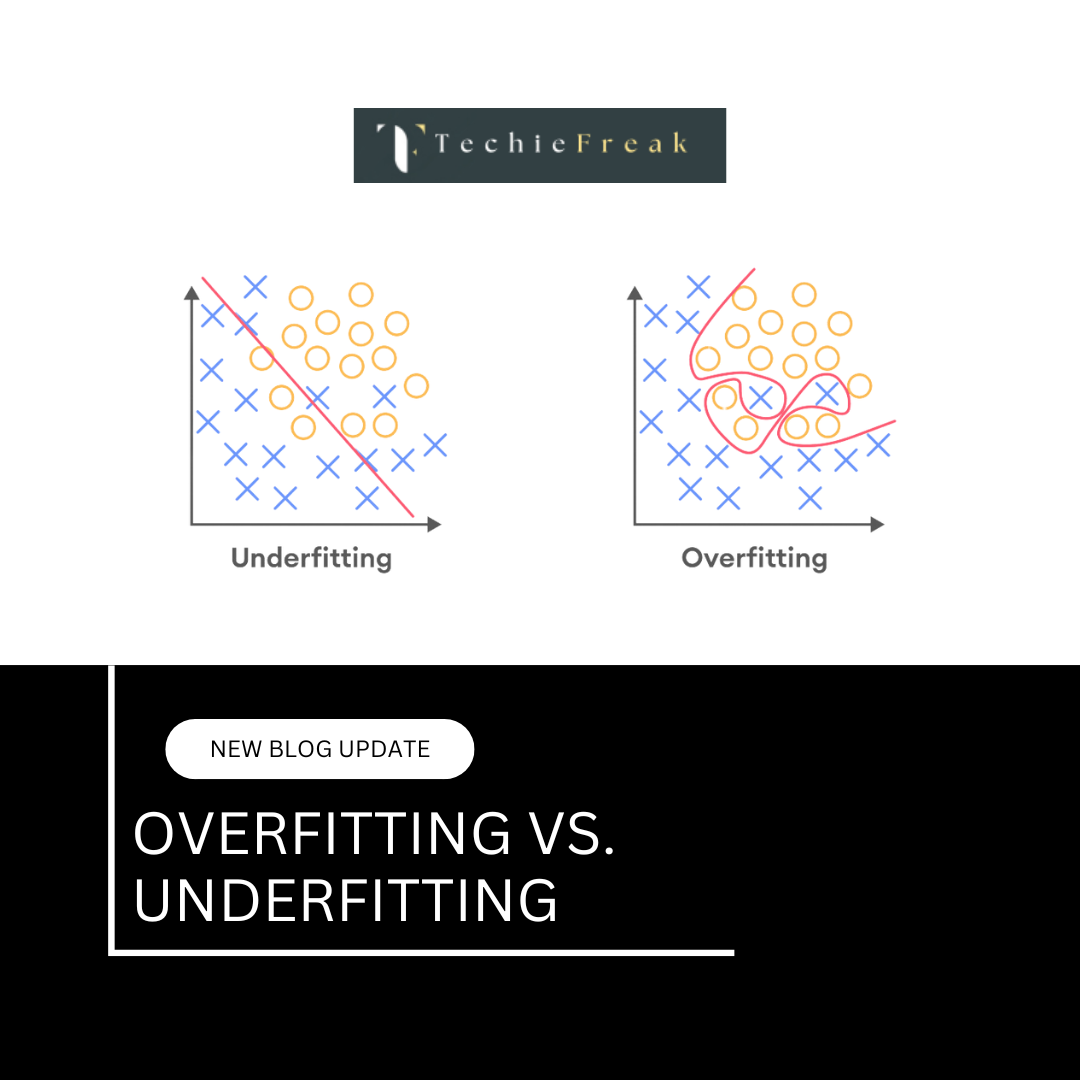
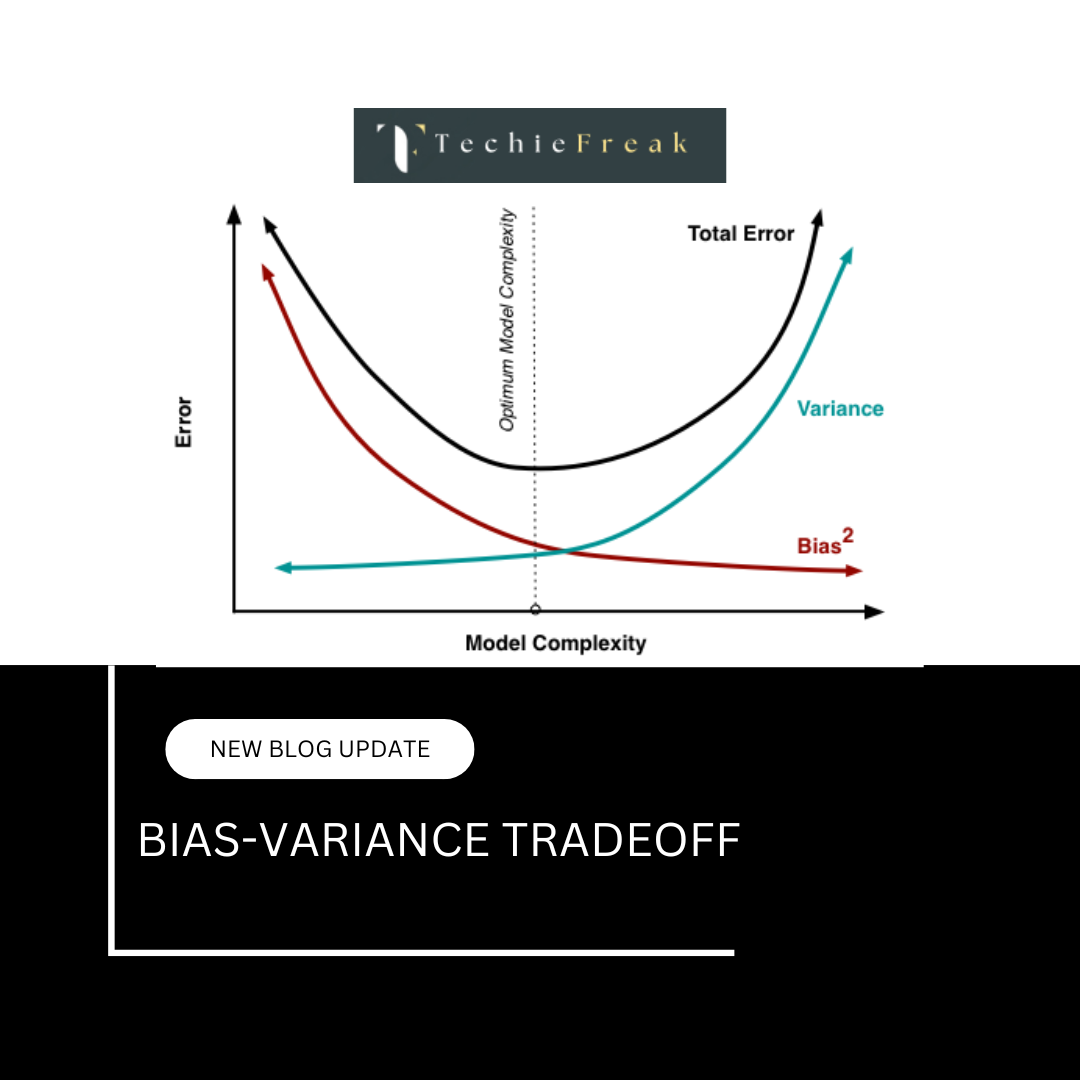
.png)
.png)
.png)
.png)
.png)
.png)
.png)
.png)
.png)
.png)
.png)
.png)
.png)
.png)
.png)
.png)
.png)
.png)
.png)
